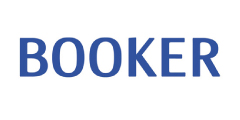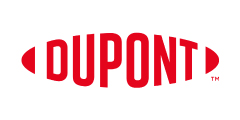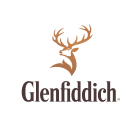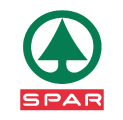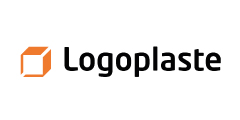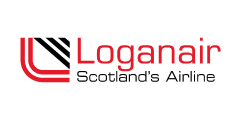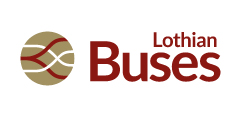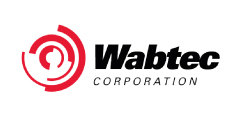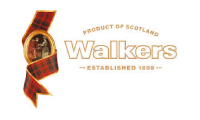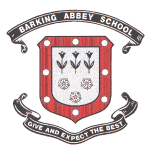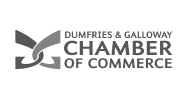Indoor Sports Lighting: Illuminating Sports Halls

Introduction to Sports Hall Lighting
This article offers a comprehensive overview of indoor sports lighting essentials, highlighting the importance of suitable lighting, standards and regulations, types of lights, design considerations, energy efficiency, safety, and advanced technologies. By prioritising these aspects, sports facilities can ensure a first-rate experience for all users.
Key Takeaways
- Adequate sports hall lighting is crucial for athletic performance, safety, and overall facility ambiance.
- Compliance with international and national lighting standards ensures safety and optimal performance conditions for all sports activities.
- LED lighting is preferred in sports halls due to its energy efficiency, longer lifespan, and superior light quality compared to traditional lighting.
- Designing sports hall lighting requires careful consideration of uniformity and colour rendering, using low glare lights to enhance visibility and safety.
- Smart lighting solutions, such as automated controls and adaptive lighting systems, offer flexibility and efficiency for different sports and events.
- Upgrading to energy-efficient LED lighting not only reduces operational costs but also supports environmental sustainability.
Lighting in sports halls plays a crucial role in ensuring a safe and enjoyable experience for participants, regardless of the indoor sport being played. Proper illumination not only enhances performance but also minimises the risk of injury, making it an essential aspect of sports facility management.
The Importance of Adequate Lighting for Indoor Sports
Satisfactory lighting in a sports hall is vital for several reasons. It affects the ability of athletes to see clearly, track fast-moving objects, and react promptly. If the sports facility also allows for spectators, then a well-designed lighting installation can also enhance the viewing experience. Furthermore, good lighting contributes to the overall ambiance of the facility, promoting a positive and energetic environment.
Lighting Standards and Regulations: National and International Guidelines
Understanding the differences between international and national lighting guidelines is important for compliance and optimal performance. These standards often vary but serve the same purpose: to ensure safety and fairness in sports competitions.
Adhering to the lighting standards and regulations that apply to your area, ensures that sports facilities provide a safe, competitive and fair environment. These guidelines specify the minimum light levels required, considering factors such as uniformity and glare control.
If accredited competitions will be held at the facility, consideration can also be given to lighting standards specified by sports’ governing bodies, e.g. Badminton England, British Basketball, LTA, or British Gymnastics. This will ensure eligibility and improve the desirability of the sports hall for hire to sports clubs.

Why LEDs are the Future for Indoor Sports
There has been a definite shift towards LED lighting in sports facilities and most venues are already aware of LEDs' energy efficiency and longer lifespan. Investing in energy-efficient LED lighting has long-term benefits including lower energy costs, reduced carbon footprint (contributing to Net Zero), and decreased maintenance needs. These aspects contribute significantly to the sustainability of sports facilities.
A lesser-known benefit of LED lighting, is the improved light distribution and output , when compared to traditional lighting solutions like metal halide and fluorescent lights. This should not be overlooked as LED Lights can often exceed the flicker-free and colour uniformity performance of traditional systems at significantly reduced wattages.
Lighting Design Considerations: Uniformity, Glare and Colour Rendering
Designing sports hall lighting involves ensuring uniformity to avoid dark spots, controlling glare to prevent vision impairment and considering colour rendering to accurately perceive colours. These factors are crucial for both performance and safety, which highlights the need for expert planning and design of the lighting system.
Impact Resistance and Maintenance
Many sports (for example cricket and football), include relatively heavy, fast-moving objects. They have high levels of kinetic energy which can potentially cause damage to any equipment in a sports hall if struck. It is therefore worth considering whether lights can withstand ball impact.
In some cases, lights can be protected by netting. Nonetheless an impact resistance of IK10 is considered a minimum requirement for sports hall lights. Additional accessories and certification, e.g. wire guards and DIN 57710-13 can provide further peace of mind.
Sports halls are often occupied seven days a week and can have sprung wooden floors. Maintenance often needs to be carried out in anti-social hours, and sprung floors typically need to be protected by boarding if powered access is required. In essence maintenance can be expensive, and light replacements should be minimised by using lights that are fit for purpose.
Safety and Minimising Risks
Proper lighting reduces the risk of injuries by improving visibility and allowing athletes to accurately judge distances, movements, and speeds. It is a critical consideration in sports hall design and operation.
Advanced Smart Lighting Technologies
Incorporating smart lighting solutions, such as automated wireless sports hall lighting controls and adaptive lighting systems, can enhance the functionality and flexibility of sports lighting, offering customisable settings for different events and activities in multi-use sports halls. For example, lighting systems could deliver high lux levels for cricket nets, but a lower lux level (and energy usage) for indoor football.
Conclusion
The right lighting in sports halls is fundamental to creating a safe, enjoyable, and sustainable environment for indoor sports. By understanding and implementing the key aspects of sports hall lighting, facilities can ensure optimal conditions for athletes and spectators alike.
For examples of indoor sports lighting systems that Kellwood have designed and supplied, you can downloads the following case studies:
Bisham Abbey National Sports Centre Lighting Case Study
Bishopston Sports Centre Lighting Case Study
Sports Hall Lighting FAQs
What is the recommended light level for sports halls?
The recommended light levels vary depending on the sport and level of competition, but generally range from 300 to 750 lux for recreational to competitive play.
Why is LED lighting preferred in sports halls?
LED lighting is preferred due to its energy efficiency, longer lifespan, and superior light quality, which enhance visibility and reduce maintenance and operational costs.
How does lighting design impact player performance?
Proper lighting design ensures uniform light distribution, minimises glare, and provides accurate colour rendering, all of which are critical for optimal player performance and safety.
Can lighting in sports halls be automated?
Yes, modern sports facilities often use automated lighting systems that can include occupancy control and timed schedulers. Scene control can also allow adjustment of light levels for different sports or events, improving efficiency and adaptability.
What are the environmental benefits of upgrading to LED lighting in sports halls?
Upgrading to LED lighting reduces energy consumption and carbon emissions, contributing to environmental sustainability and lower energy bills for the facility.


